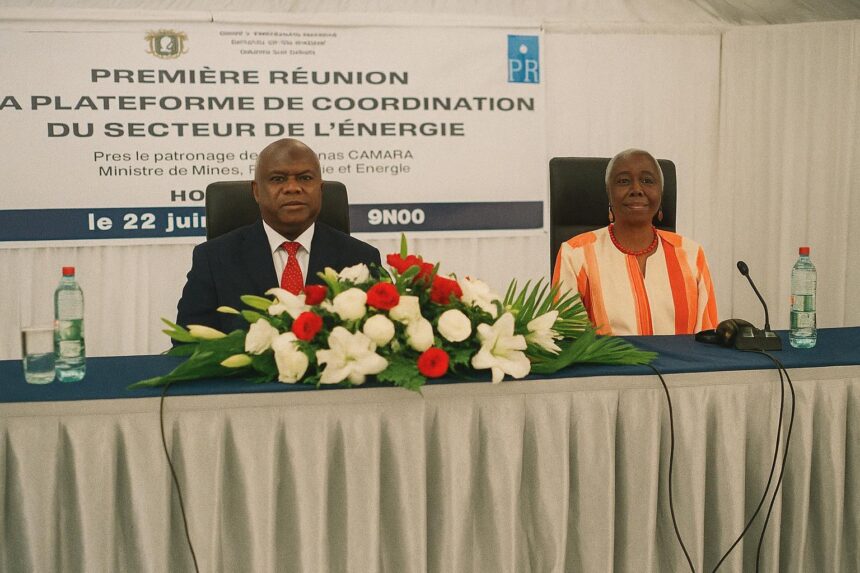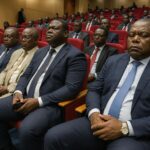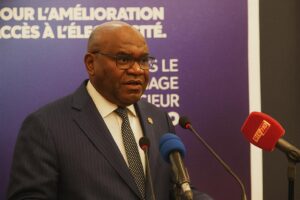An Ambitious Blueprint for Universal Access
The Republic of Congo’s newly unveiled National Energy Pact, informally branded Electricity for All, represents the most comprehensive electrification roadmap since the post-independence era. Government planners envisage that, by 2030, more than eight hundred thousand additional households in settlements exceeding one thousand inhabitants will be connected to the grid or to certified off-grid solutions. The political symbolism is striking: at a moment when the global community debates a just energy transition, Brazzaville places universal, affordable and clean power at the heart of its national narrative.
Institutional Constellation Behind the Pact
Crafted under the stewardship of the Ministry of Energy and Hydraulics, the programme benefits from an unusually broad institutional coalition. The United Nations Development Programme has assumed the role of technical integrator, while the International Monetary Fund provides macro-fiscal risk assessments that reassure investors. The Rockefeller Foundation, building on its Global Energy Alliance, offers catalytic grant finance, and the World Bank is expected to anchor a multi-window facility within its Mission 300 platform. Such multilateral choreography, rarely achieved in Central Africa, underscores the credibility of the Congolese authorities and their capacity to mobilise partners without compromising sovereign ownership.
Financing Architecture and Mission 300
Pledges discussed in Brazzaville’s July workshop suggest a financing envelope approaching one billion US dollars over the coming decade, to be formalised on the margins of the United Nations General Assembly in New York. Mission 300, a World Bank-led instrument designed to expedite large-scale green infrastructure, is expected to channel concessional loans, blended finance and guarantees tailored to Congolese risk profiles. National co-financing will be supported by the streamlining of electricity subsidies, a measure presented by officials as fiscally prudent and socially protective when combined with lifeline tariffs for vulnerable consumers.
Renewables as Cornerstone of the Strategy
Contrary to earlier plans centred almost exclusively on large hydro, the Pact deploys a diversified renewables portfolio. Solar micro-grids will dominate rural roll-out, whereas run-of-river hydro and pilot hydrokinetic units are slated for riverine districts. Biomass residues from the forestry sector, already accounting for nearly sixty percent of the country’s primary energy mix, are to be converted into modern bio-energy through gasification technologies compliant with clean-cooking objectives. This configuration aligns with Central African climatic realities and the Paris Agreement, a point repeatedly emphasised by government negotiators during partner consultations (International Energy Agency, 2022).
Governance, Tariffs and Social Equity
Both the UNDP resident representative Adama Dian Barry and Energy Minister Emile Ouosso insist that access to electricity is not merely a technical deliverable but a fundamental right and a catalyst for inclusive growth. Accordingly, the Pact introduces a results-based regulatory model aimed at curbing commercial losses estimated at thirty-five percent of dispatched power (World Bank, 2023). A forthcoming tariff code will reward efficiency, protect low-income households and create a bankable revenue stream for independent power producers, whose participation is regarded as indispensable to meeting peak demand projected to double by 2035.
Regional and Diplomatic Ripple Effects
Beyond its domestic imperative, the initiative positions Congo-Brazzaville as a pragmatic player in continental energy diplomacy. By joining the Dar es Salaam Declaration on Mission 300 earlier this year, President Denis Sassou Nguesso signalled alignment with the African Union’s Agenda 2063 as well as with the Sustainable Development Goal 7. Neighbouring states, notably Gabon and the Central African Republic, have expressed interest in interconnection corridors that could emerge from Congo’s grid extension, potentially transforming the national utility into a regional power exporter during surplus hydro seasons (African Development Bank, 2021).
Milestones Ahead of the United Nations Session
Technical teams are racing to finalise an investment-grade prospectus before September’s ministerial round-table in New York. Deliverables include geospatial least-cost mapping, environmental and social safeguard frameworks, and a gender mainstreaming plan that responds to evidence showing electrification’s disproportionate benefits for women-led enterprises. While challenges remain—from aged distribution infrastructure to the volatility of global capital markets—the prevailing mood in Brazzaville is one of cautious determination. As Minister Ouosso observed during the closing plenary, the Pact’s success will hinge on an unbroken chain of cooperation linking public authorities, financiers, innovators and civil society. If that chain holds, the illumination of eight hundred thousand homes could become the prologue to a fully powered Congolese Republic by 2035.
















